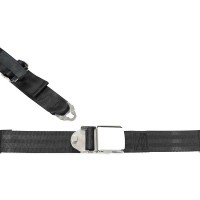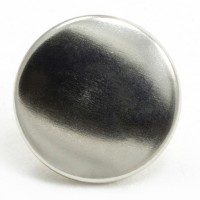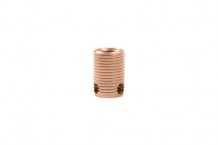1-877-795-2278 | info@aircraftspruce.ca
Aircraft Spruce Canada
Brantford, ON Canada
Corona, CA | Peachtree City, GA
Chicago, IL | Wasilla, AK
Aircraft Spruce Canada
Brantford, ON Canada
Corona, CA | Peachtree City, GA
Chicago, IL | Wasilla, AK
THE AVIATION SUPERSTORE FOR ALL YOUR AIRCRAFT & PILOT NEEDS | 877-795-2278
P-38J Lightning
$388.00/Each
Part# 13-10561
MFR Model# AP38PL
MFR Model# AP38PL
Overview
|
This collectable model P-38J Lightning represents one of the most innovative fighters of World War II, the twin-boom Lockheed P-38J Lightning. Designed by famed aeronautical engineer Kelly Johnson, the P-38J “Putt Putt Maru” was the P-38J flown by Col. Charles McDonald, fighter ace and commander of the 475th Fighter Squadron. This 1/32-scale model P-38J Lightning makes a great pilot gift or a present for any veteran, aviation enthusiast or history buff. The P-38 was developed in response to a 1937 request from the Army Air Corps for an twin0engine interceptor that could climb to 20,000 feet in six minutes and have a top speed of 360 mph. The proposal also called for the aircraft to use turbosupercharged Allison V-1710 engines, and to have tricycle landing gear. Lockeheed’s proposal, under the direction of Clarence “Kelly” Johnson – who would design the P-80 Shooting Star, the F-104 Starfighter and the U-2 spyplane- and Hall Hibberd, was an unusual aircraft, with long booms housing each engine and the pilot and guns located in a central nacelle. Counter-rotating propellers eliminated torque problems and the cluster of guns allowed for accurate long-range shooting. The XP-38 first flew on Jan. 27, 1939, and on Feb. 11 of that year, set a transcontinental speed record by flying from California to New York in 7 hours, 2 minutes. Following the record flight, the Army ordered 13 YP-38 prototypes. With the P-38 capable of high speeds, development was slowed by problems of compressibility and flutter, since little was known at the time about flight with near-transonic airflow over parts of airframes. Top speed of the P-38 was 448 mph for the P-38L model. Armement included four .50-caliber machine guns, a 20mm cannon and provisions for underwing rockets or bombs. Service deliveries of the P-38 began in 1941. The P-38 saw service in Europe, where it gained the nickname “fork-tailed devil” by German pilots and soldiers. However, it was in the Pacific where it found its greatest success. With its long-range and the redundancy provided by the two engines, the Lightning proved deadly to the Japanese Zero and other aircraft. In April 1943, a flight of P-38s ambushed Admiral Isoroku Yamamoto’s plane, killing the officer and depriving Japan of a gifted tactician. Charles McDonald commanded the 475th Fighter Squadron in New Guinea for 20 months, where he show down 27 enemy fighters. He retired from the Air Force in 1961. A number of P-38 Lightnings are in flying condition – including a P-38 painted as “Putt Putt Maru,” owned by the Friedkin family of Texas - and can be seen in exhibitions and air shows around the world. |
Q&A
Please note, Aircraft Spruce Canada's personnel are not certified aircraft mechanics and can only provide general support and ideas, which should not be relied upon or implemented in lieu of consulting an A&P or other qualified technician. Aircraft Spruce Canada assumes no responsibility or liability for any issue or problem which may arise from any repair, modification or other work done from this knowledge base. Any product eligibility information provided here is based on general application guides and we recommend always referring to your specific aircraft parts manual, the parts manufacturer or consulting with a qualified mechanic.

 Aircraft Spruce Canada
Aircraft Spruce Canada














